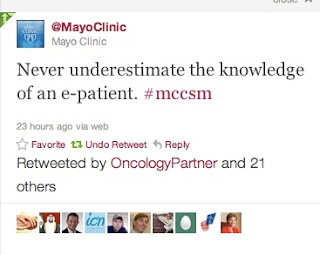First lets look at the layers of the artery, this will help you understand the classification system of FMD. As you can see there are several layers that make up an artery. (Figure 1)
 |
| Figure 1 |
When we classify FMD we are concerned with the following main layers: (Figure 2)
Tunica means layer of tissue.
 |
| Figure 2 |
1. Tunica Adventitia (outer layer)
2. Tunica Media (middle layer)
3. Tunica Intima (inner layer)
There are several types of FMD (fibroplasia) and if we include rarer types there are a total 5 pathological classifications of FMD (fibroplasia). I have put in bold ones that we hear about most often. Please remember you can have more than one type and that many types can only be confirmed by a pathology specimen.
1. Medial Fibroplasia: Charaterized by its classic “string of beads” appearance which represents the most common type of FMD. Frequency 75-80% Most Common
2. Perimedial Fibroplasia: beads are smaller in appearance Frequency 10-15%
3. Media hyperlasia- smooth stenosis (similar in appearance to intimal) Frequency 1-2%
4. Intimal Fibroplasia: Most common in children, and appears as a concentric band or a long smooth narrowing. Frequency: less than 10%
5. Adventitia Fibroplasia: Dense fibrous tissue that may extend into surrounding tissue (very rare) Frequency: less than 1 %
Resources:
Journal Compilation, World Stroke Organization International Journal of Stroke Vol 5, August 2010, 296-305
Figure 1 Photo Source: http://www.teachpe.com/anatomy/arteries.php
Figure 2 Photo source: http://blog.lib.umn.edu/trite001/studyinghumananatomyandphysiology/2008/02/name_the_layers_of_this_artery.html

